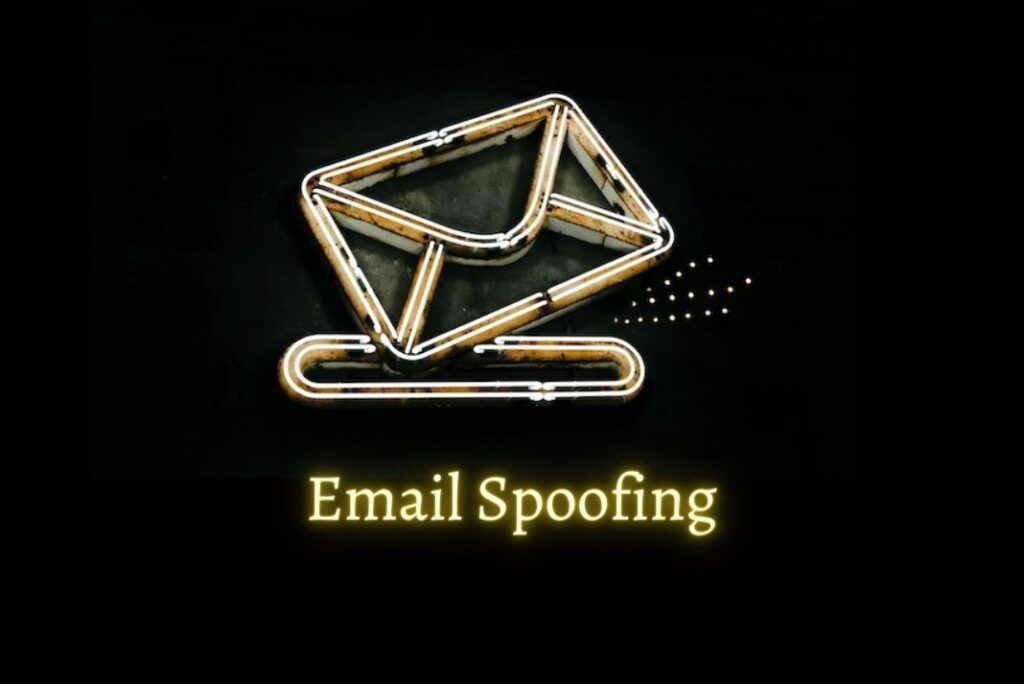In this guide, we have explained everything you need to know about Email Spoofing and how to protect yourself from it. How can you stop someone from using your email address? You might assume you’ve been hacked if your family and friends receive shady texts from your address. For this, ask yourself if someone you know the system has been compromised if they send you spam.
Email spoofing is a serious problem, as it can severely affect individuals and organizations. It might result in financial loss, identity theft, or even the spreading of harmful software. This blog will examine the workings of email spoofing, how to spot a spam email, and what you can do to guard against this scam.
Also Read: 7 Best Free Email Clients For Mac In 2023
What Is Email Spoofing?
Email spoofing is an online scam that involves forging an email to make it appear as if it has come from a legitimate source. It is a form of phishing where the scammer attempts to acquire sensitive information such as usernames, passwords, credit card details, or other personal information by sending an email that appears to be from a legitimate source. In most cases, the email contains a link to a fake website where the target is asked to input their sensitive information.

How Does Email Spoofing Work?
Email spoofing makes it appear as though the email was sent by someone else to obtain confidential information or transmit harmful content. The sender must change the email’s headers to fake it. The headers are the technical details in the email and let the receiver know where the message originated.
This information comprises the sender’s domain name, email address, and IP address of the device that sent the message. By changing the headers, the sender might make it appear as though the email originated from someone else.
Once the message’s headers have been changed, it will appear to have come from the spoof sender. The “From” field of the email could likewise contain a fictitious name and email address. This gives the impression that an unauthorized party sent the message.
The spoofed sender may also include a malicious link in the email. The recipient may click on the link and be taken to a malicious website that can install malware on their computer, or they may be asked to provide personal information such as a credit card number or password.
Email spoofing is a severe security threat and can be used to spread malware, phishing scams, and other malicious content. It is essential to be aware of email spoofing and cautious when clicking links or providing personal information in emails.
Also Read: 9 Safety Tips To Prevent Cybercrime In 2022
How to Identify a Spoofed Email?
1. Check the sender’s email address: Spoofed emails often use an email address that looks legitimate but is slightly different from the real one. If the domain name differs, the email is likely other than the sender it claims to be.
2. Check the content of the email: Legitimate emails rarely ask for confidential information, such as passwords or credit card numbers. If the email requests personal information, it is likely a spoofed one.
3. Check for spelling and grammar errors: Spoofed emails often contain spelling and grammar errors that are not present in legitimate emails.
4. Check for suspicious links or attachments: Spoofed emails may contain malicious links or attachments designed to install malware on the recipient’s computer. If the email contains links or attachments, it is best to avoid clicking on them.
5. Look out for generic greetings: Legitimate emails usually contain personalized greetings, while spoofed emails often use generic ones such as “Dear Customer” or “Dear Valued Member.”

Also Read: How To Prevent Cyberattacks With Windows AppLocker?
How to Protect Yourself from Email Spoofing?
1. Use DMARC: An email authentication mechanism called DMARC (Domain-based Message Authentication, Reporting & Conformance) aids in protecting you from email spoofing by confirming the legitimacy of emails sent from your domain.
2. Use SPF and DKIM: SPF (Sender Policy Framework) and DKIM (DomainKeys Identified Mail) are email authentication protocols used to verify that the email has been sent from a legitimate domain.
3. Use Secure Email Gateways: Secure email gateways can detect and block malicious emails and help protect your online accounts.
4. Use Multi-Factor Authentication: Users must enter two or more authentication factors with multi-factor authentication to access their accounts. This can aid in spoofing attack defense for your accounts.
5. Train your Employees: Train your employees on the best practices for identifying and responding to suspicious emails.
6. Use Email Filters: Email filters can help to detect and block suspicious emails before they reach your inbox.
7. Monitor Your Inbox: Monitor your inbox for suspicious emails regularly.
Also Read: The Doomsday Clock: What is it? What You Need To Know


























![The Apex Legends Digital Issue Is Now Live! Apex Legends - Change Audio Language Without Changing Text [Guide]](https://www.hawkdive.com/media/5-Basic-Tips-To-Get-Better-On-Apex-Legends-1-218x150.jpg)









![The Role Of Color Schemes In Web Design [Full Guide] web design minimalist](https://www.hawkdive.com/media/web-design-minimalist-218x150.jpg)

